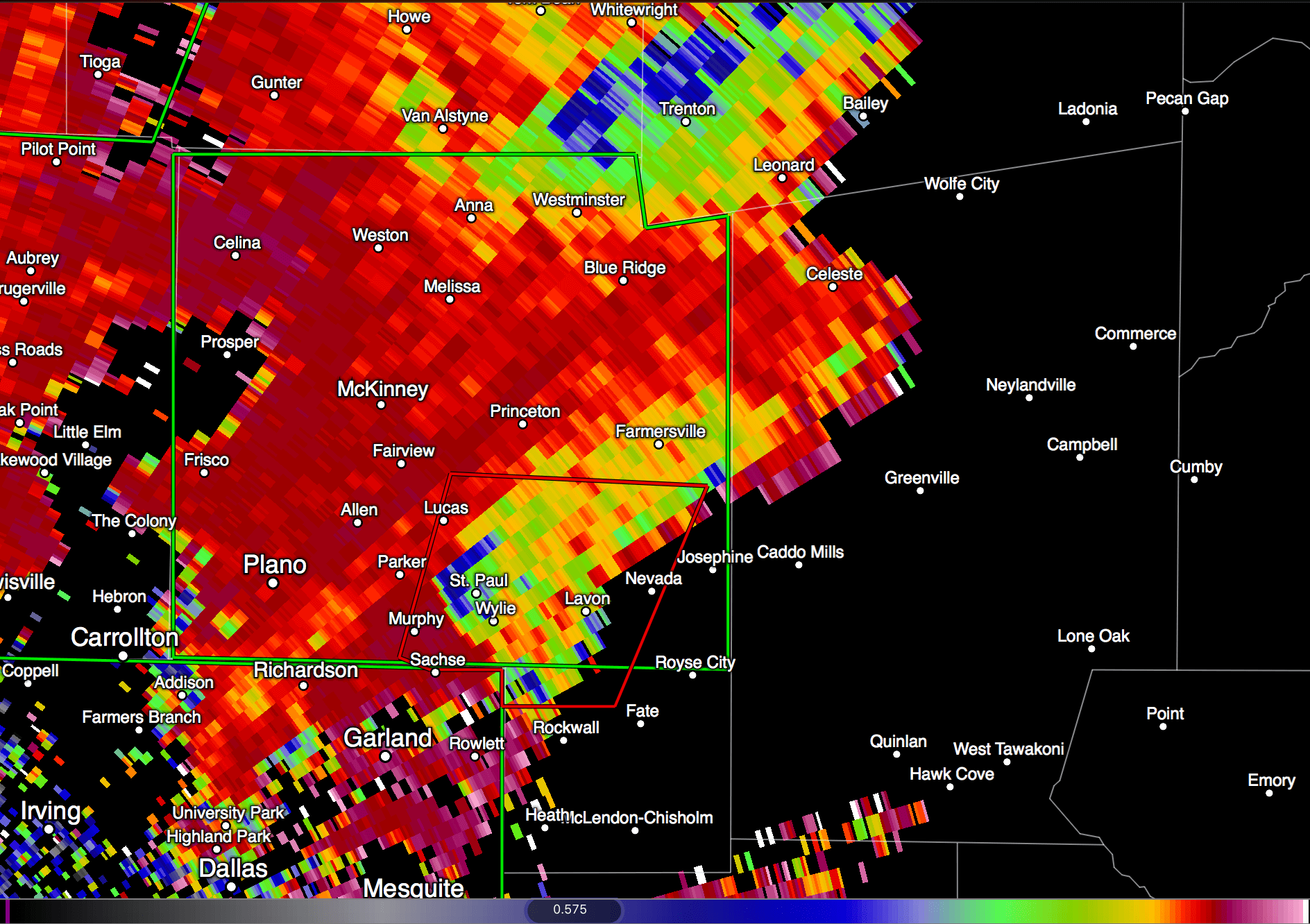

This street is the city’s first and oldest street and it has seen the footsteps of Wyatt Earp, Pat Garrett, Billy the Kid, President William H. Most famous here, however is El Paso Street. Today it is home to one of the country’s two strategic bomber wings.Įl Paso: Located on the western border of Texas, El Paso is allegedly the birthplace of the margarita. William Dyess, who survived the Bataan Death March. And, if you were so inclined, you could fit the Statue of Liberty inside the new Cowboys Stadium.ĭyess AFB: Located near Abilene, this Air Force Base has a Texas doppler radar station that helps to provide central Texas with weather information. It is also home to the world’s largest permanent model railroad display. The microchip was first invented in this community in 1959. It is ranked by the FBI as the second safest large city in which to live.ĭallas: This community is one of the 10 largest in the United States, so it just makes sense for a Texas doppler radar station to be located here. It’s the second largest state capital in the United States and the 11 th biggest city in the Union. It’s also a cattle shipping capital and one of the world’s largest nuclear weapons assembly plants is located here.Īustin: The capital of Texas, Austin has a motto that encourages its residents to just “stay weird.” It’s a music mecca that is situated right on the Colorado River. It’s also called the “Helium Capital of the World” because a majority of the world’s gas that can be purchased comes from this area. Let’s take a brief look at each one of them:Īmarillo: Located in the Texas panhandle, the city is named after the yellow grass that grows in the area. To cover this mass of land, there are several Texas doppler radar stations in operation.

Some of the biggest and most expensive high school football stadiums exist in Texas, but that’s probably fitting considering that just about everything is bigger in Texas. All of these come together, however, every Friday night during the Fall as high school football season swings into high gear. Since hail can cause the rainfall estimates to be higher than what is actually occurring, steps are taken to prevent these high dBZ values from being converted to rainfall.As the largest state in the lower 48, Texas is a land filled with many different perspectives, cultures, and influences. Hail is a good reflector of energy and will return very high dBZ values. These values are estimates of the rainfall per hour, updated each volume scan, with rainfall accumulated over time. Depending on the type of weather occurring and the area of the U.S., forecasters use a set of rainrates which are associated to the dBZ values. The higher the dBZ, the stronger the rainrate. Typically, light rain is occurring when the dBZ value reaches 20. The scale of dBZ values is also related to the intensity of rainfall. The value of the dBZ depends upon the mode the radar is in at the time the image was created. Notice the color on each scale remains the same in both operational modes, only the values change. The other scale (near left) represents dBZ values when the radar is in precipitation mode (dBZ values from 5 to 75). One scale (far left) represents dBZ values when the radar is in clear air mode (dBZ values from -28 to +28). Each reflectivity image you see includes one of two color scales. The dBZ values increase as the strength of the signal returned to the radar increases. So, a more convenient number for calculations and comparison, a decibel (or logarithmic) scale (dBZ), is used. Reflectivity (designated by the letter Z) covers a wide range of signals (from very weak to very strong). "Reflectivity" is the amount of transmitted power returned to the radar receiver. The colors are the different echo intensities (reflectivity) measured in dBZ (decibels of Z) during each elevation scan.


 0 kommentar(er)
0 kommentar(er)
